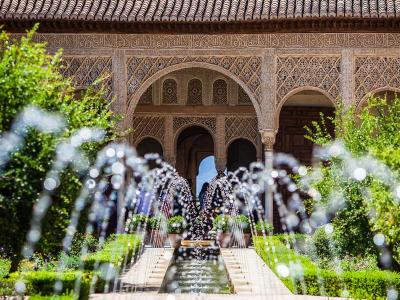
One of the world's most influential musical cultures flourished from the eighth to the 15th century in the southern Iberian realm called al-Andalus by the Arabs who lived and ruled there. Only traces of that original music remain today, in poems, written histories, illustrations and oral traditions handed down through generations, yet Andalusian music and its many descendants still inspire performers and audiences around the world.
Arabs have always considered the music of al-Andalus a pinnacle of Arab culture. It gave rise to poetry and song forms that influenced the European troubadours, whose music in turn became part of the Renaissance, and is still heard today.
Often attracted first by the romantic reputation of al-Andalus, modern-day musicians worldwide love to "reimagine" its music, blending beautiful old Spanish melodies with Middle Eastern, medieval, flamenco and gypsy influences. Many performers and audiences are also inspired by the ideal of convivencia, the complex co-existence that occurred among Islamic, Jewish and Christian cultures in al-Andalus.
Anthropologist Jonathan Shannon of New York's Hunter College writes about the music and culture of al-Andalus. "Today, people look at our world full of conflict, and romantically view the period of al-Andalus as one of cultural tolerance where Muslims, Jews and Christians all got along and created wonderful poetry, music, food and architecture. They think that if we want to understand tolerance today, let's look back to medieval Spain. Some people see that as a potential loose model for how the world should be." Those people, he says, and many modern Arabs as well, often see al-Andalus as a "golden age." In Spain itself, after centuries of willful forgetting of the contributions of Muslims and Jews to the national history, Spanish musicians and artists have for some decades reveled in a kind of willful remembering—and re-mythologizing—of their multicultural past.
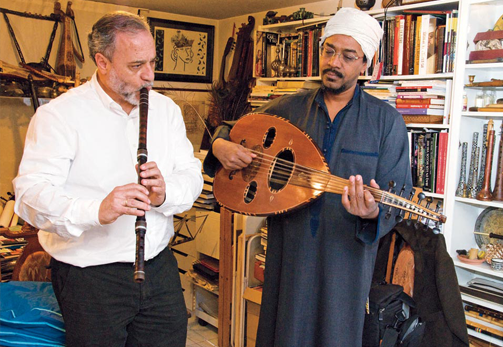
Al-Andalus Traditional Musical Instruments
For Madrid musician, architect and recording producer Eduardo Paniagua, reimagining the elusive music of al-Andalus is a lifelong passion that has led him on a musical journey across continents, centuries and cultures. Blending a kind of musical archeology with his own imagination, Paniagua has spent decades teasing out musical threads from the past and weaving them into something new and alive.
He plays on both medieval Spanish and modern Middle Eastern instruments. He hunts for songs and poems in old manuscripts, finds inspiration in poems on palace walls and studies images of musical instruments in drawings and carved reliefs. He seeks out living masters of Arab music in North Africa and rescues historic recordings from oblivion.
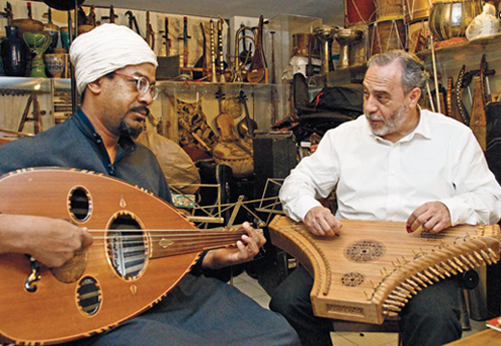
Sheikh el-Din plays an 'ud
Music was an integral part of daily life in al-Andalus, from the first days the Arabs arrived in 711 until years after the last Arab ruler was expelled from Granada in 1492. Holidays and weddings were incomplete without music and dancing. Professional singers, male and female, were attached to aristocratic homes and royal courts.
Al-Andalus's most famous musician was Ziryab, originally from Baghdad. After arriving in Córdoba in 822, he established a music school and set down rules for classical music performances. These suites of vocal and instrumental music are known now as the nubah. He is best known for innovating the tuning and playing of the 'ud, the unfretted lute, Arab music's signature string instrument and predecessor of the modern guitar.
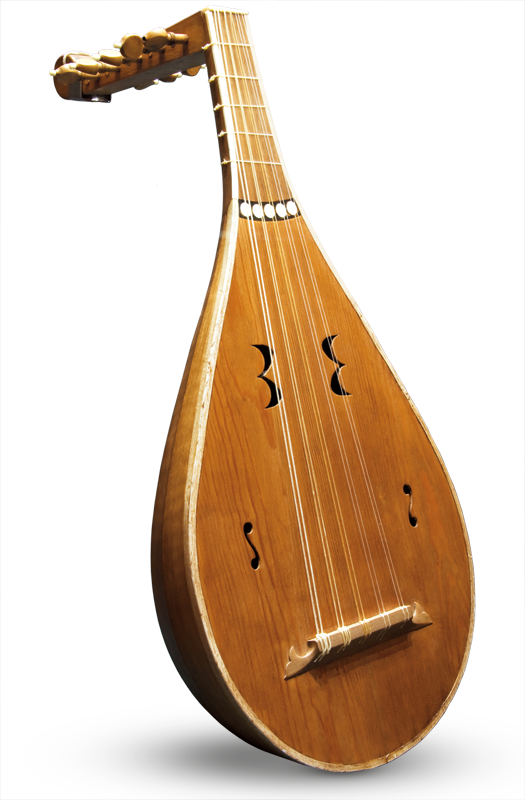
Especially in Seville, craftsmen refined and invented musical instruments. Polymath thinkers wrote about music theory. Andalusian musicians developed their own interpretations of the maqamat, or modes and scales, that grew distinct from those of the eastern Arab world. Around the year 1000, when the original Andalusian caliphate splintered into smaller states, two new forms of popular poetry sprang up and were set to music: muwashshah and zajal.
As the centuries passed, the musical and poetic ideas of al-Andalus spread north into Europe, south into North Africa and east into Egypt and beyond. Later, after 1492, additional waves of exiles from the Muslim and Jewish communities of al-Andalus moved to North Africa and points east, bringing with them music and poetry, while those Arabs and Jews who remained in Spain kept making their own style of music until speaking and singing in Arabic were officially banned in the 16th century.
Though most books on Andalusian music theory were lost, anecdotes about that musical world point to its exuberance. Some old muwashshahat poems survived, and they are still sung in Egypt, Lebanon and Syria. The classical nubah vocal and instrumental suite tradition incorporated many muwashshahat, and the poems live on in the nubah tradition, mainly in Morocco, Algeria, Libya and Tunisia.
The albums recorded by contemporary musicians glorify the history of multiculturalism of Al-Andalus. The Alhambra Palace in Granada inspired several recordings featuring the verses of poets whose words are inscribed on its walls. One incorporates the soothing sounds of the Alhambra's fountains in the background. The cd "Al Muedano" ("Muezzin") features several versions of the adhan, or call to prayer, including a stirring choral version recorded in the chanters' hall of the Umayyad mosque in Damascus.
Source: Aramco World


 Quran
Quran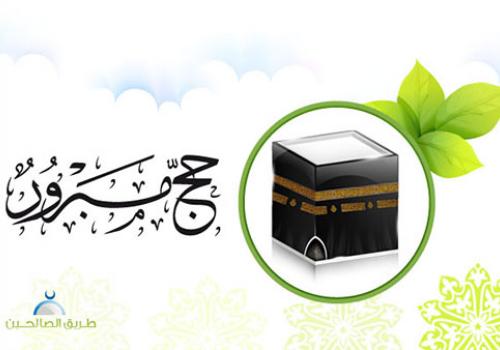
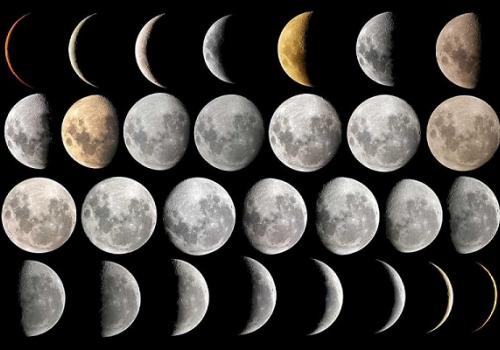
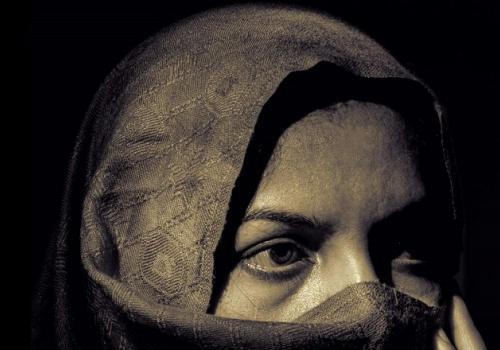

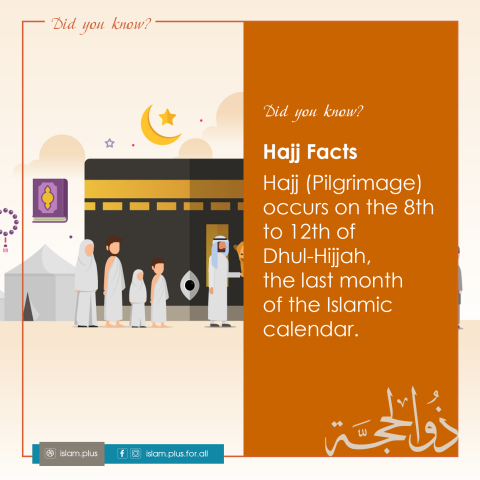
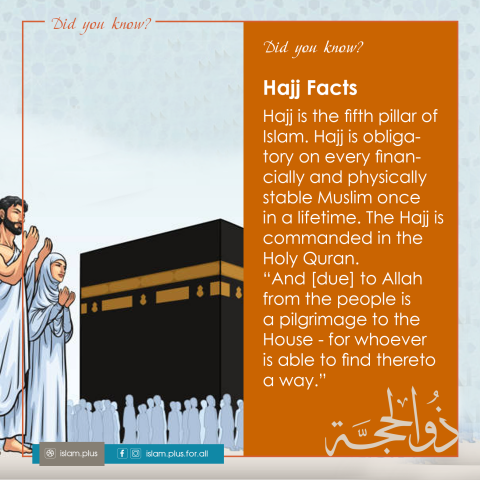

Add new comment